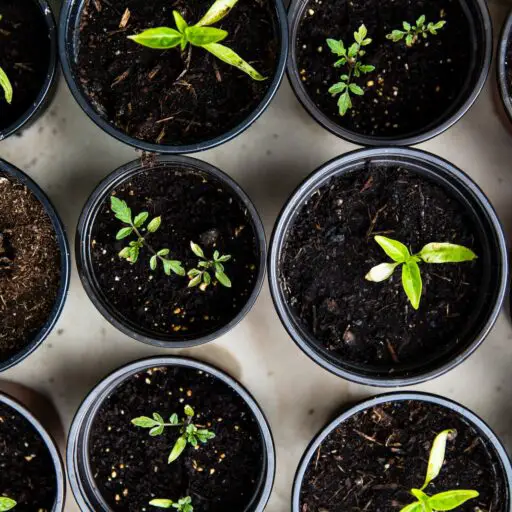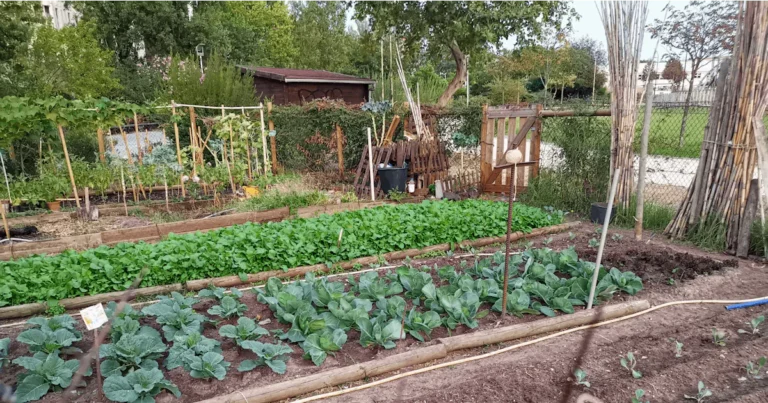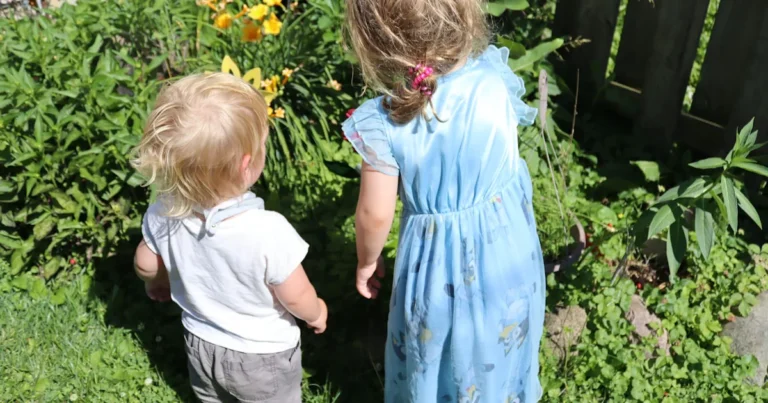Support our educational content for free when you purchase through links on our site. Learn more
Community gardens are not just patches of green in urban jungles; they are thriving ecosystems of community spirit, health, and sustainability. Did you know that there are approximately 18,000 community gardens across the U.S. and Canada? These gardens do more than grow food; they cultivate friendships, improve mental health, and enhance local environments. In this article, we’ll explore 10 incredible benefits of community gardens that can transform your neighborhood and your life. From boosting nutrition to fostering social connections, the impact of these green spaces is profound and far-reaching.
Imagine stepping out of your front door and into a lush garden filled with the vibrant colors of fresh produce, the laughter of neighbors, and the sweet scent of blooming flowers. Community gardens not only beautify our surroundings but also serve as a vital resource for fresh food, education, and community engagement. Ready to dig deeper into the world of community gardens? Let’s unearth the benefits!
Key Takeaways
- Enhanced Nutrition: Access to fresh fruits and vegetables boosts dietary health. 🥕
- Social Connections: Gardening fosters friendships and community ties.
- Environmental Impact: Community gardens improve biodiversity and combat climate change. 🌍
- Mental Health Benefits: Gardening reduces stress and promotes well-being.
- Educational Opportunities: They serve as platforms for teaching gardening and sustainability practices.
If you’re inspired to start your own community garden or enhance your gardening experience, check out our recommended tools and resources:
- 👉 Shop Gardening Tools on:
- Gardener’s Supply Company: Gardening Tools
- Amazon: Gardening Tools
- Home Depot: Gardening Tools
Table of Contents
Quick Tips and Facts
The Rich History and Evolution of Community Gardens
What Exactly Is a Community Garden?
Top 10 Benefits of Community Gardens for Individuals and Communities
Best Types of Crops for Thriving Community Gardens
Public Health Benefits of Community Gardens: Growing Healthier Communities
Environmental Impact: How Community Gardens Contribute to Sustainability
Explore More Ways to Promote Positive Community Change Through Gardening
Building Community Connections: The Social Benefits of Gardening Together
How to Start Your Own Community Garden: A Step-by-Step Guide
Challenges and Solutions in Community Gardening: What You Need to Know
Conclusion
Recommended Links
FAQ
Reference Links
Quick Tips and Facts
- Community gardens are outdoor spaces where individuals come together to grow vegetables, fruits, and flowers. 🌱
- There are approximately 18,000 community gardens in the U.S. and Canada, fostering community spirit and sustainability.
- Benefits include improved nutrition, social connections, and environmental sustainability.
- Starting a community garden involves identifying a leader, selecting a site, and organizing volunteers.
- Popular crops for community gardens include strawberries, kale, and radishes. 🍓🥬
The Rich History and Evolution of Community Gardens

Community gardens have a storied past, dating back to the victory gardens of World War I and II, where citizens were encouraged to grow their own food to support the war effort. Fast forward to today, and these gardens have evolved into vibrant spaces that not only provide food but also foster community ties and environmental stewardship.
Key Historical Milestones
- 1860s: The first community gardens appeared in the U.S. as a response to urbanization.
- 1940s: Victory gardens became a symbol of patriotism and self-sufficiency.
- 1970s: The community gardening movement gained momentum, particularly in urban areas, as a way to combat food deserts and promote local food systems.
- Present Day: Community gardens are recognized for their role in enhancing public health, community cohesion, and environmental sustainability.
What Exactly Is a Community Garden?
A community garden is a shared space where individuals come together to cultivate plants, typically vegetables or flowers, for personal use or community benefit. These gardens can be found in urban, suburban, and rural areas, transforming vacant lots into lush green spaces.
Characteristics of Community Gardens
- Managed by Community Members: Often organized by local residents, schools, or non-profit organizations.
- Diverse Crops: Grow a variety of plants, from fruits and vegetables to ornamental flowers.
- Educational Opportunities: Serve as a platform for teaching gardening skills and promoting healthy eating.
Community gardens are more than just plots of land; they are living classrooms where individuals learn about sustainability, nutrition, and community engagement. 🌍
Top 10 Benefits of Community Gardens for Individuals and Communities
Community gardens offer a plethora of benefits that extend beyond just growing food. Here’s a deep dive into the top ten advantages:
- Enhanced Nutrition: Access to fresh produce increases fruit and vegetable intake, especially in food deserts. 🥕
- Social Connections: Gardening fosters relationships and builds a sense of community among participants.
- Environmental Impact: Community gardens contribute to biodiversity, reduce urban heat, and improve air quality.
- Mental Health Benefits: Gardening has been shown to reduce stress and improve overall well-being. 🌼
- Educational Opportunities: Teach valuable skills related to gardening, nutrition, and environmental stewardship.
- Economic Benefits: Community gardens can reduce food costs and create local jobs.
- Cultural Exchange: They provide a space for sharing diverse gardening practices and culinary traditions.
- Beautification of Neighborhoods: Transform vacant lots into vibrant green spaces that enhance community aesthetics.
- Youth Engagement: Involves children and teens in productive activities, promoting responsibility and teamwork.
- Civic Engagement: Encourages community members to participate in local governance and decision-making processes.
Best Types of Crops for Thriving Community Gardens
When it comes to selecting crops for your community garden, it’s essential to choose varieties that are not only easy to grow but also beneficial for the community. Here’s a handy table of some of the best crops to consider:
| Crop | Benefits | Growing Tips |
|---|---|---|
| Tomatoes | High in vitamins, versatile in cooking | Requires full sun and regular watering |
| Kale | Nutrient-dense and hardy | Thrives in cooler weather |
| Radishes | Quick to grow, great for beginners | Can be sown in early spring |
| Strawberries | Popular fruit, attracts pollinators | Needs well-drained soil |
| Herbs | Adds flavor and can be sold or shared | Easy to grow in small spaces |
These crops not only provide fresh produce but also encourage community members to engage in gardening activities together. 🌿
Public Health Benefits of Community Gardens: Growing Healthier Communities
Community gardens play a pivotal role in enhancing public health. Research shows that they can significantly improve the physical and mental well-being of participants.
Key Health Benefits
- Increased Physical Activity: Gardening is a form of exercise that can help combat obesity and promote cardiovascular health.
- Access to Nutritious Food: Community gardens provide fresh, organic produce, reducing reliance on processed foods.
- Mental Health Improvement: Studies indicate that gardening can reduce feelings of anxiety and depression by up to 60%. 🌈
By creating spaces for physical activity and healthy eating, community gardens serve as a catalyst for public health improvement.
Environmental Impact: How Community Gardens Contribute to Sustainability
Community gardens are not just about growing food; they also play a crucial role in promoting environmental sustainability. Here’s how:
Environmental Benefits
- Biodiversity: Community gardens support a variety of plant and animal species, contributing to local ecosystems.
- Soil Health: Practices like composting and crop rotation improve soil quality and reduce erosion.
- Carbon Sequestration: Plants absorb carbon dioxide, helping to mitigate climate change.
- Stormwater Management: Gardens can absorb rainwater, reducing runoff and preventing flooding.
By integrating sustainable practices, community gardens help create a healthier planet for future generations. 🌎
Explore More Ways to Promote Positive Community Change Through Gardening
Gardening can be a powerful tool for fostering community change. Here are some innovative ideas to consider:
- Workshops and Classes: Host educational sessions on gardening techniques, cooking with fresh produce, and sustainability practices.
- Community Events: Organize harvest festivals, plant swaps, or garden tours to engage the community.
- Partnerships with Local Organizations: Collaborate with schools, health clinics, or local businesses to expand the garden’s impact.
For more inspiration, check out our article on Transform Your Neighborhood with 10 Inspiring Community Gardening Ideas 🌱.
Building Community Connections: The Social Benefits of Gardening Together
One of the most rewarding aspects of community gardening is the social connections that develop among participants. Here’s how gardening fosters community ties:
Social Benefits
- Collaboration: Working together on garden tasks promotes teamwork and cooperation.
- Cultural Exchange: Community gardens often bring together people from diverse backgrounds, encouraging the sharing of traditions and practices.
- Sense of Belonging: Participants often feel a sense of ownership and pride in their garden, leading to increased community involvement.
Gardening is a social glue that binds communities together, creating lasting friendships and networks. 🤝
How to Start Your Own Community Garden: A Step-by-Step Guide
Ready to dig in? Here’s a comprehensive guide to starting your own community garden:
Step 1: Gather a Team
- Identify Leaders: Form a leadership team to oversee the project.
- Engage the Community: Host meetings to gauge interest and gather input.
Step 2: Choose a Location
- Find Available Land: Look for vacant lots, school yards, or parks.
- Assess Soil Quality: Test the soil for contaminants and nutrients.
Step 3: Plan the Garden
- Design the Layout: Decide on plot sizes, pathways, and communal areas.
- Select Crops: Choose plants that suit the climate and community preferences.
Step 4: Secure Permissions
- Obtain Necessary Permits: Work with local authorities to secure land use permissions.
Step 5: Organize Volunteers
- Recruit Gardeners: Create a sign-up process for community members.
- Schedule Work Days: Plan regular gardening days to maintain the garden.
Step 6: Launch the Garden
- Kick-off Event: Host a launch event to celebrate the opening of the garden and encourage participation.
By following these steps, you can create a thriving community garden that brings people together and enhances the local environment. 🌼
Challenges and Solutions in Community Gardening: What You Need to Know
While community gardens offer numerous benefits, they also come with challenges. Here are some common issues and how to address them:
Common Challenges
-
Funding: Securing financial resources can be difficult.
- Solution: Apply for grants, host fundraisers, and seek donations from local businesses.
-
Maintenance: Keeping the garden well-maintained requires ongoing effort.
- Solution: Establish a regular schedule for garden upkeep and involve all members in the process.
-
Conflict Among Members: Disagreements can arise over garden management.
- Solution: Create clear guidelines and encourage open communication among members.
By proactively addressing these challenges, you can ensure the long-term success of your community garden. 🌻
Conclusion
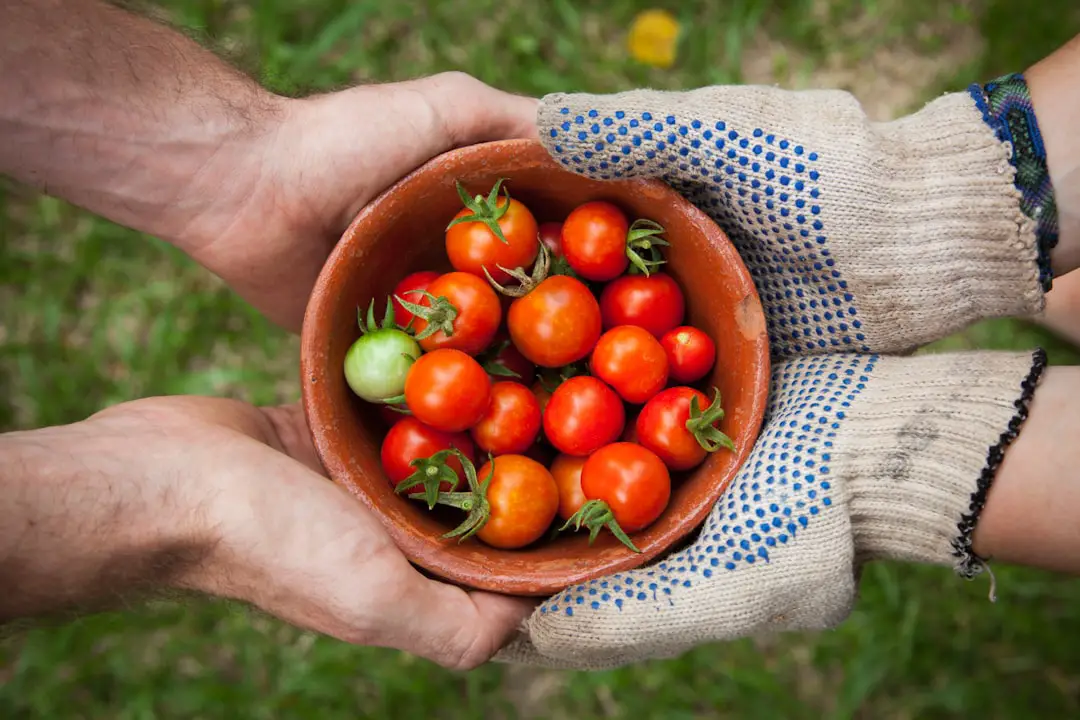
Community gardens are a powerful tool for fostering community spirit, improving public health, and promoting environmental sustainability. By bringing people together to grow food, they create connections that last a lifetime. Whether you’re looking to start your own garden or simply want to get involved, the benefits are undeniable. So grab your trowel and join the movement! 🌿
Recommended Links
- Benefits of Community Gardens
- Community Garden Events
- Community Garden Policies
- Garden Design Ideas
- Garden Maintenance Tips
FAQ

-
What is a community garden?
A community garden is a shared space where individuals grow plants together, promoting community engagement and sustainability. -
How do I start a community garden?
Gather a team, choose a location, plan the garden, secure permissions, organize volunteers, and launch the garden. -
What are the benefits of community gardens?
They enhance nutrition, foster social connections, improve mental health, and contribute to environmental sustainability.
Reference Links
- Public Health Benefits of Community Gardens
- PHS Community Gardening Initiatives
- NCBI Community Gardens Research
Conclusion
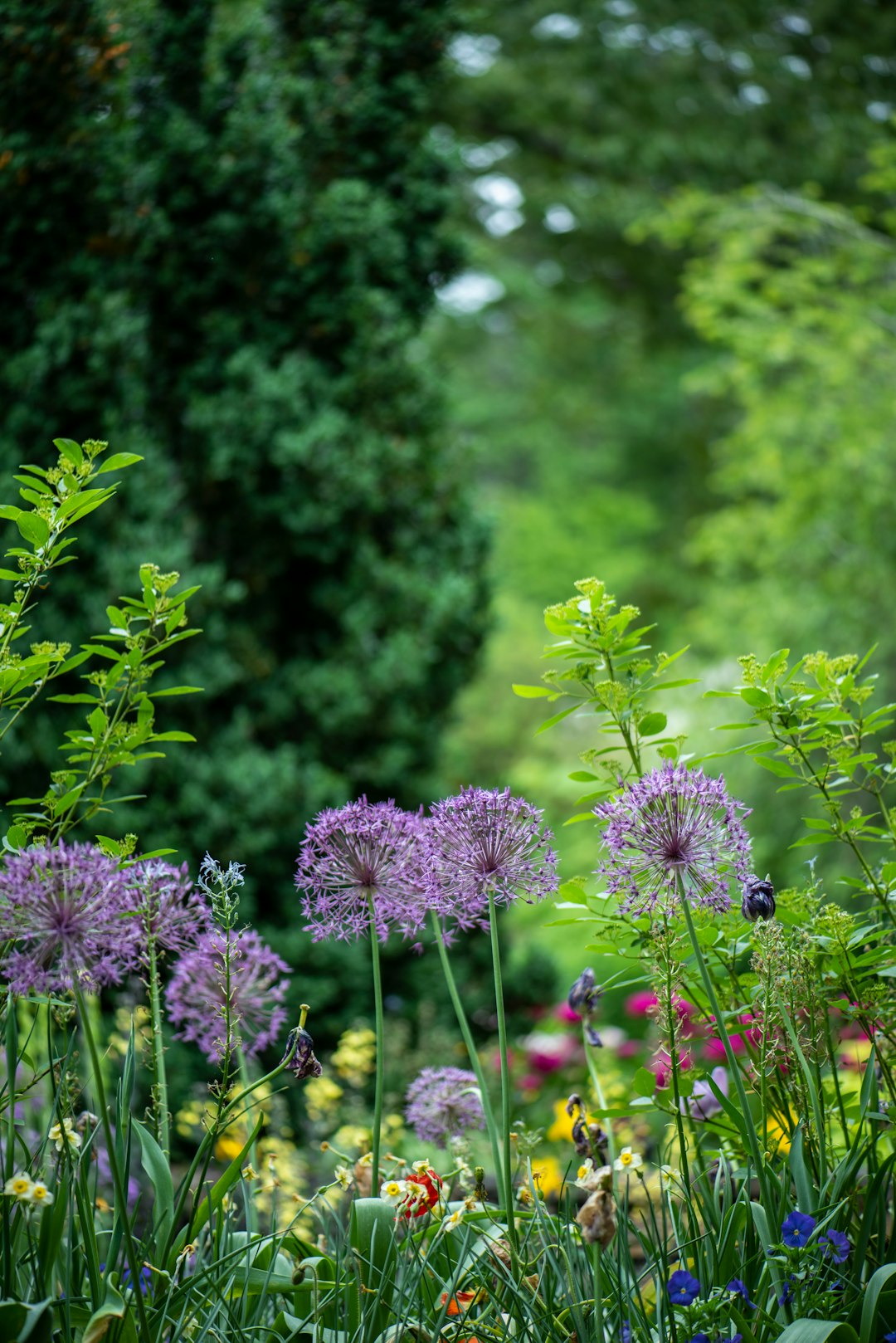
Community gardens are more than just patches of soil; they are vibrant hubs of activity that cultivate not only plants but also relationships, health, and environmental stewardship. By bringing together individuals from diverse backgrounds, these gardens foster a sense of community and belonging while addressing critical issues like food security and public health.
In this article, we’ve explored the myriad benefits of community gardens, from enhancing nutrition and mental health to promoting sustainability and social connections. Whether you’re considering starting your own garden or simply looking to get involved, the positive impact of these spaces is undeniable.
So, grab your gardening gloves, rally your neighbors, and dig into the rewarding world of community gardening! 🌱
Recommended Links
-
👉 Shop Gardening Tools on:
- Gardener’s Supply Company: Gardening Tools
- Amazon: Gardening Tools
- Home Depot: Gardening Tools
-
Books on Community Gardening:
FAQ

What are the social benefits of participating in a community garden?
Community gardens serve as a platform for social interaction and community building. They provide opportunities for individuals to meet, collaborate, and share experiences. Participants often form friendships, learn from one another, and develop a sense of belonging. Additionally, these gardens can help bridge cultural divides by bringing together people from diverse backgrounds, fostering understanding and cooperation.
How does community gardening improve food security and access to fresh produce?
Community gardens enhance food security by providing local access to fresh fruits and vegetables, particularly in urban areas where grocery stores may be scarce. By growing their own food, community members can reduce their dependence on processed foods and improve their diets. This is especially beneficial in food deserts, where access to healthy options is limited. Studies show that participation in community gardens can lead to increased consumption of fruits and vegetables among participants, contributing to better overall health.
What are the environmental advantages of having a community garden in an urban area?
Community gardens contribute to urban sustainability in several ways:
- Biodiversity: They provide habitats for various species, including pollinators like bees and butterflies.
- Soil Health: Practices such as composting and crop rotation improve soil quality and reduce erosion.
- Carbon Sequestration: Plants absorb carbon dioxide, helping to mitigate climate change.
- Stormwater Management: Gardens can absorb rainwater, reducing runoff and the risk of urban flooding.
Read more about “How to Start a Small Urban Garden: 15 Essential Tips for Greener Living in 2024 🌱”
Can community gardens improve mental and physical health?
Absolutely! Engaging in gardening activities has been shown to reduce stress, anxiety, and depression. The physical activity involved in gardening promotes cardiovascular health and overall fitness. Furthermore, spending time in green spaces has been linked to improved mood and mental clarity. Community gardens also provide a sense of purpose and accomplishment, which can enhance mental well-being.
How do community gardens foster community engagement and a sense of belonging?
Community gardens encourage active participation and collaboration among residents. By working together on garden tasks, individuals develop a sense of ownership and pride in their shared space. Regular events, such as harvest festivals or gardening workshops, further strengthen community ties. These interactions help cultivate a supportive environment where individuals feel valued and connected to their neighbors.
Read more about “Are Community Gardens Free in Texas? …”
